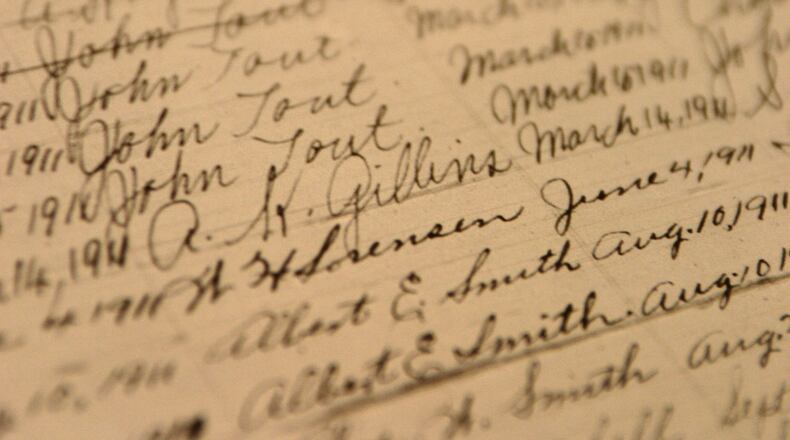Many of us began our genealogy journeys visiting cemeteries and searching for tombstones.
If a relative is buried in a city cemetery, there’s usually (but not always) an office record and a map showing where. But many ancestors are buried in rural cemeteries, either in family graveyards or church-affiliated cemeteries. And not everyone got a permanent tombstone or marker. For those with no markers, sites like Find a Grave (findagrave.com) or BillionGraves (billiongraves.com) allow you to document an ancestor’s death. Or, if you have a good guess as to where his or her final resting place might be, you can digitally mark the location.
But can our ancestors really “rest in peace” without a real marker? Years ago, I set a goal to place a marker on the grave of any direct ancestor who didn’t have one but had died in the 20th century. I have two to go. I had to find out if the cemetery had any regulations about putting up new markers in an old cemeteries. I did go through the United Daughters of the Confederacy to have Civil War veteran markers placed on two relatives who did not have markers. But not everyone who was marked in the past has stayed with their marker. When Lake Lanier was created in the late 1950s, it flooded many cemeteries, including the one where my uncle William F. Snellings was buried. His marker and others from that cemetery were moved to dry land, but his remains are still in the ground. So he’s in one place and his marker in another. There has been news lately that former President James K. Polk, who died in Nashville in 1849 shortly after leaving office, may have his burial spot moved again. This won’t be the first time for Polk, or the second. He is perhaps our most-moved former president. Hopefully, you can memorialize your ancestors by marking their graves either with real markers in a graveyard or with virtual ones online.
Mayflower ancestors online
The New England Historic Genealogical Society, the nation’s oldest historical organization, now allows full members of AmericanAncestors.org to search its online database of verified Mayflower passengers and their descendants, often to the 5th generation. The information comes from volumes published by the General Society of Mayflower Descendants. The Mayflower arrived in 1620 and celebrates the 400th anniversary of the event in 2020.
Second marriage can provide a clue
Recently, I found the long-sought proof of an ancestor’s mother’s first name due to the late-in-life second marriage of her brother. This was in North Carolina, where parents’ names were listed on marriage records after the Civil War.
About the Author
Keep Reading
The Latest
Featured



